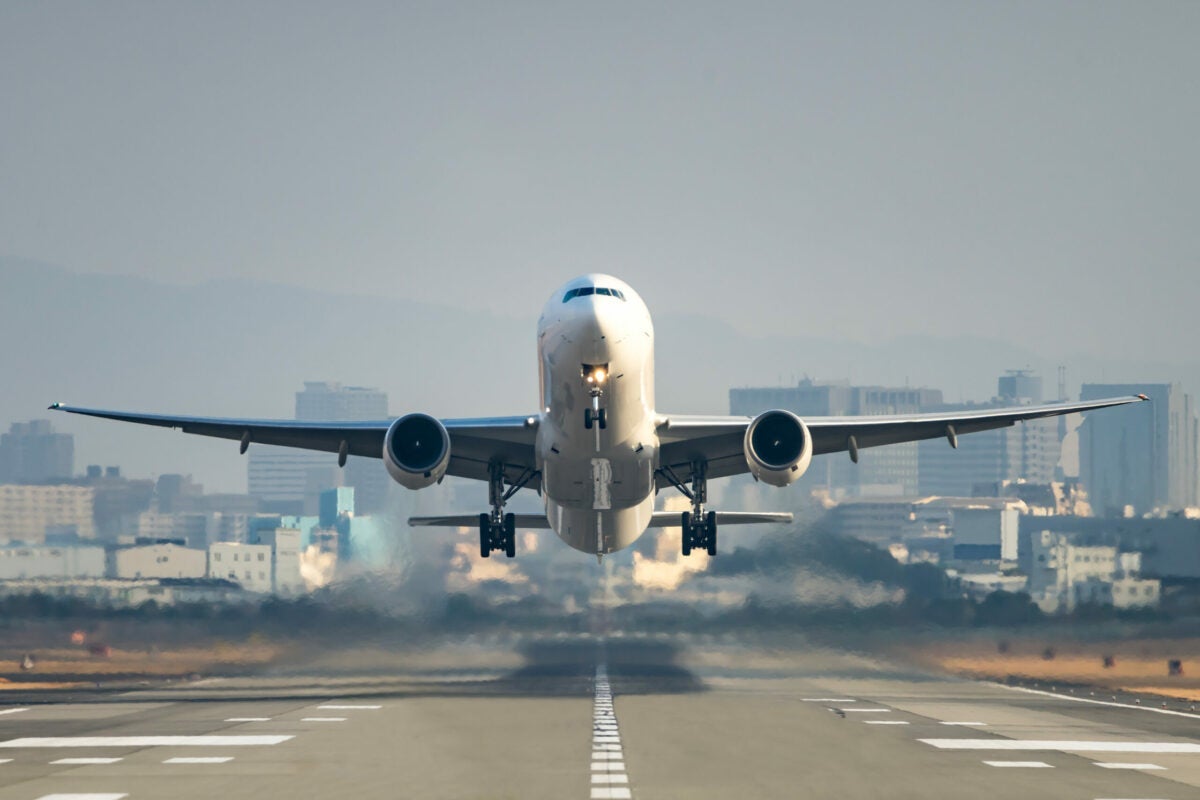The story of aviation is too often reduced to glossy statistics. Passenger traffic is counted, terminals are inaugurated, and airlines announce new routes as if the essence of aviation can be captured in numbers alone. This is a shallow view. Aviation is not only about movement; it is about power. It is about who shapes the networks, who extracts the profits, and who controls the rules of the sky. To speak of aviation only as infrastructure is to miss the deeper reality that the sky itself has become a contested space of geopolitics, economics, and climate responsibility.
For decades, this contest has been tilted in favour of a few entrenched powers. Aircraft manufacturing is still dominated by Boeing and Airbus, creating a dependency that leaves most nations vulnerable to supply disruptions and political sanctions. A handful of Gulf carriers have transformed their hubs into the crossroads of continents, shaping passenger flows and commanding extraordinary influence over global commerce. Western institutions define aviation rules, from safety protocols to emissions frameworks, while the developing world often has to comply without equal voice in shaping those rules. The notion of open skies has always been more myth than reality.
India’s aviation growth is frequently described as an infrastructure expansion story. More airports, more runways, more carriers. This is progress, but if seen only through the lens of consumer convenience it risks entrenching dependency rather than building autonomy. True aviation strategy demands that India view the sector not simply as transportation but as sovereignty. Passenger numbers matter, but far more important is the ability to shape the aviation ecosystem on India’s own terms, rather than being locked into supply chains and governance frameworks designed elsewhere.
The lesson is clear when one looks at nations that have used it as a deliberate lever of influence. Dubai, Doha, and Singapore did not become global hubs by accident. They crafted strategies in which airports became the anchors of economic diversification and political leverage. These hubs reshaped trade patterns and turned their cities into indispensable crossroads of global movement. Aviation was never just an industry for them; it was an instrument of statecraft.
The same holds for the West, where it has long been protected and nurtured as a sector of national security and strategic influence. Subsidies, state support, and regulatory power have ensured that Western manufacturers maintain their dominance. This has created a system where emerging economies own airlines but remain dependent on Western factories to keep fleets operational. As the world edges into an era of weaponised supply chains and infrastructure rivalries, no country can afford to remain in this position of structural vulnerability.
Aviation also embodies one of the great climate hypocrisies of our age. The industry contributes between two and three percent of global greenhouse gas emissions, but its altitude effects make the real impact closer to double that figure. Aviation is one of the fastest growing sources of emissions, yet it is also one of the least scrutinised. Climate negotiations focus fiercely on coal, oil, and cars, yet remain surprisingly quiet on aviation. Western governments that pressure developing nations to curb emissions continue to allow their own carriers to operate with minimal accountability. Europe lectures others on carbon discipline, yet exempts much of its aviation sector from the stringent pricing it imposes on industries closer to home.
If India is to present itself as a credible climate leader, it must not replicate this pattern of selective responsibility. Aviation growth must be pursued with climate consciousness embedded from the start. This requires scaling up sustainable aviation fuels, incentivising electric and hybrid propulsion research, and building airports that function as carbon-neutral ecosystems. Ground operations should be powered by renewables, and efficiency must become the default rather than an afterthought. Leadership on climate will not come from rhetoric alone but from creating systems where growth and responsibility reinforce each other.
To get there, India must stop treating aviation as an incremental sector and begin to frame it as national strategy. The history of maritime power shows the way. Naval dominance was never built on ships alone but on the entire ecosystem of shipyards, trade lanes, and financing. Aviation requires a similar whole-of-system approach. Manufacturing, research, regulation, and global diplomacy must be aligned toward the goal of aviation sovereignty. Without such vision, India risks remaining a consumer in an architecture still written elsewhere.
The narrative surrounding aviation also requires a reset. The language of passengers and terminals conceals the real story. At its core aviation is about control. Control over hubs and routes, over emissions and supply chains, over who profits and who complies. These are deeply political questions. To ignore them is to remain captive to an unequal system.
The skies may appear open, but they are drawn by power. Western monopolies define manufacturing. Gulf carriers dominate connectivity. Europe shapes climate rules with selective discipline. Unless emerging economies assert their own strategies, they will remain passengers in a game where others set the course.
The benchmarks of success in aviation must therefore be reframed. It is not enough to measure growth in terms of passengers carried or terminals opened. The real metrics are autonomy achieved, emissions reduced, resilience built, and influence exerted. This is what distinguishes a country that consumes aviation from a country that owns the future of aviation.
Infrastructure is no longer neutral. Highways, ports, power grids, and air corridors are the chessboard of geopolitics. Aviation is not just one piece on that board; it is the board itself, connecting all others. To treat it as mere consumer infrastructure is to misunderstand its true significance.
The nations that will shape the next era of aviation will not be those that expand fastest but those that build with purpose. They will marry growth with sovereignty, climate responsibility with economic resilience, and connectivity with strategic leverage. They will not simply build airports. They will own the sky.
